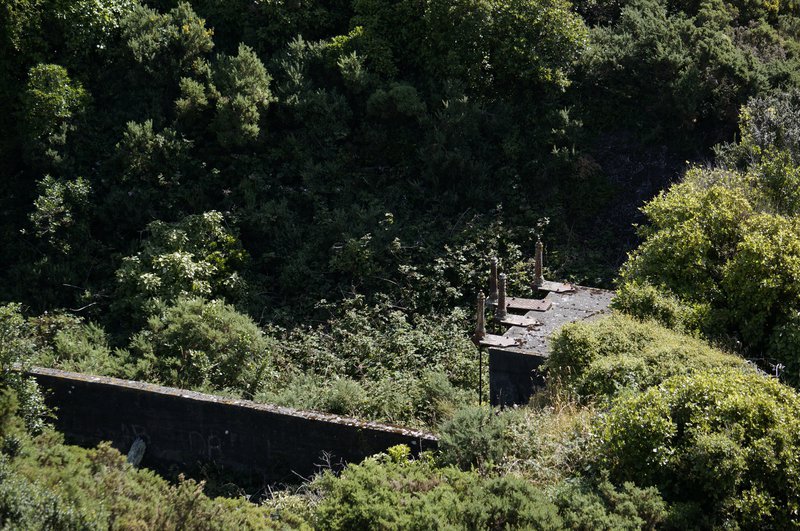Johnsonville’s first reticulated water supply came online in 1912. It consisted of three dams and a pumping station in the hills near the town.
Johnsonville’s first Local Board was elected in 1874 and, in that same year, authorised the installation of a hand pump near the intersection of Johnsonville Road and Bill Cutting Place.
In 1910, ratepayers supported a special loan of £8,500 for a water supply. Their decision was no doubt influenced by the urgent need for water for firefighting, the Anglican Church having already burnt down three times by 1883.
The town board commissioned a small dam of 318,000 litres on the Ohariu Stream. From there, a pump drew water up 152m to a 1.3 million litre holding reservoir on the Totara Ridge. The pump was powered by a 95hp / 71kW Campbell suction gas engine with eight-ton flywheel. Gas for the engine was made from coal.
From the Totara Ridge reservoir untreated water was reticulated to the township some 170 metres below. Water was turned on in 1912.

At the Ohariu Dam, 2016.
Challenges
The years 1915-1917 were the driest three consecutive years on record and in July 1918, Wellington suffered a huge storm. The Ohariu Pumping Station was buried in mud and debris flowing off the northern slopes of Mt Kaukau. The Campbell gas engine and suction gas generator, a 5-inch centrifugal pump and a length of new 18-inch-wide camel hair belt were salvaged from the buried pumping station and sold by tender in 1918.
The village of Johnsonville was then without reticulated water for almost two years until a new earthen dam was built at the top of Truscott Avenue. The new dam, completed in 1920, was made of clay with stone pitched facing and filled by natural run-off. It had a 3.8 million litre storage capacity.
In 1926 ample water supply was again a problem and so the Ohariu dam was cleaned out and re-opened. With the coming of electricity to the district, a new electric pump was installed to lift the water up to the high storage reservoir on Totara Ridge, for final distribution via the lower earthen dam at Truscott Avenue.
City supply
In 1945 Johnsonville joined the Wellington City and Suburban Water Supply Board and later was connected to the Hutt Scheme which supplied water to Wellington from the Hutt River.

Overgrown Truscotte Avenue Dam, 2016.
More Information
Access
The three old dams, now long disused, have fallen into disrepair but each can still be found and recognised.
Remains of the Ohariu dam and pipework can be found off the Old Coach Road, not far from the end of Rifle Range Road in Ohariu Valley. Cast iron pipe fragments, valve bodies, stilling pools below the concrete dam face, and some electrical cable in steel conduits are evident. The terrace above the stream where the gas plant was located is overgrown, and no trace of the gas plant was found in January 2016.
The remains of the Truscott Avenue dams are visible below the Northern Walkway. A tunnel exists below the dam, carrying the old outlet pipes.

Locations of the Johnsonville Waterworks dams
Further Reading
Cooke, Peter. Our Water History – on Tap: water supply in the Wellington region 1867 – 2006. Wellington: Greater Wellington Regional Council, 2007. http://www.gw.govt.nz/new-linkcollection-15
Hendriksen, E. E. “Wellington Metropolitan Water Supply: Hutt River Scheme.” New Zealand Engineering, 11, no. 1 (January 1956): 2-15.
Meyer, R. J. Up in the Hills: a history of Johnsonville. Wellington: Northern Suburbs Community Newspaper Trust, 1990.
Morrison, Sally. History of Water Supply in the Wellington Region 1872 – 1985. Wellington: Wellington Regional Council, 1986.
‘Water Schemes.’ Evening Post, March 24, 1910.
Page last updated 07/08/2019
